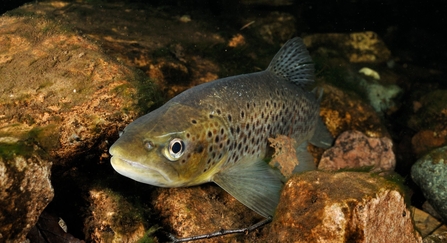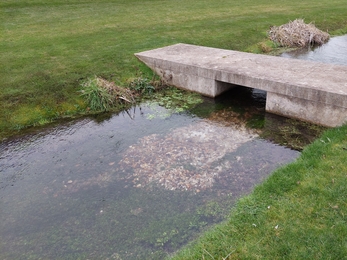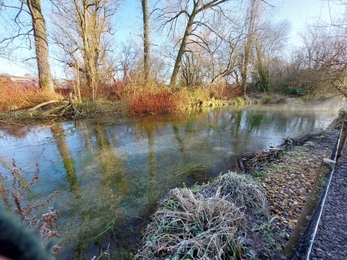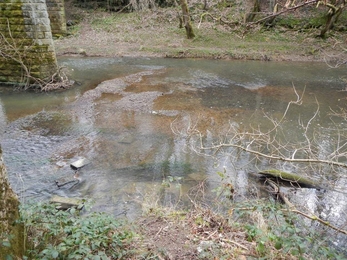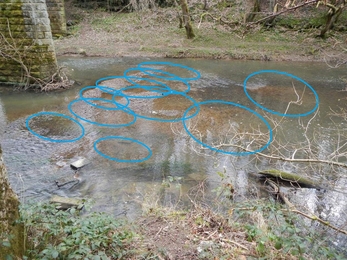Stroll along a chalk stream in winter, and you might see a wildlife wonder in progress. At this time of year, the 'gin-clear' water is alive with amorous brown trout and salmon. As the females get busy building their nests, the males compete for the chance to be their spawning partners.
In the UK, both of these species typically spawn between October and January, although the exact timing varies by location. By breeding in the colder months, the fish benefit from some of our chalk streams' most unique qualities: their constant flow and water temperature.
Because our chalk streams are fed by an underground aquifer, they maintain a fairly steady flow and emerge at around 11 °C all year round. This makes them relatively stable habitats that are cold enough to hold lots of dissolved oxygen - ideal places for salmonid spawning.
Laying eggs at this time of year also means that their development - which can take several months depending on the water temperature - will be finished by the spring. This gives the juvenile fish plenty of time to feed and grow before the arrival of the following winter.


